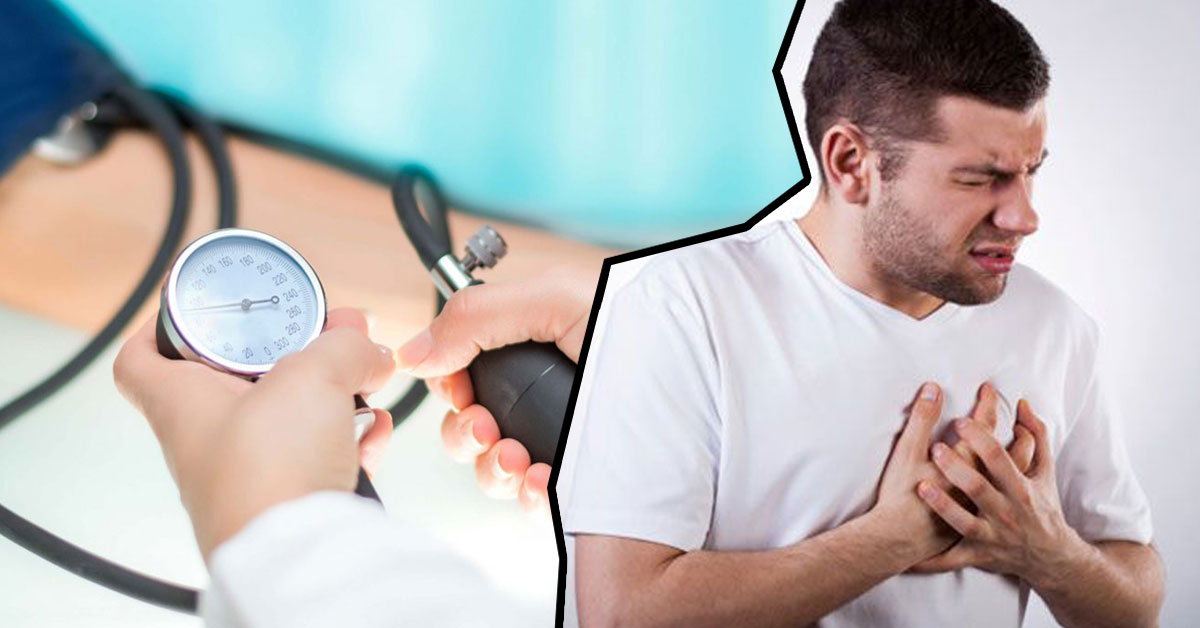Diabetes is a disease that occurs when your blood glucose, also called blood sugar, is too high. Blood glucose is your main source of energy and comes from the food you eat.
What are the different types of diabetes?
The most common types of diabetes are type 1, type 2, and gestational diabetes.
Type 1 diabetes is when your body does not make insulin. Your immune system attacks and destroys the cells in your pancreas that make insulin. People with type 1 diabetes need to take insulin every day to stay alive.
Type 2 diabetes is when your body does not make or use insulin well. This is the most common type of diabetes.
Gestational diabetes develops in some pregnant women. Most of the time, this type of diabetes goes away after the baby is born.
Signs and Symptoms of type 1 and type 2 diabetes
Hunger and fatigue
If your body doesn’t make enough or any insulin, the glucose can’t get into them and you have no energy. This can make you hungrier and more tired than usual.
Peeing more often and being thirstier.
Diabetes damages the kidney that causes the body to make more urine. You might pee out more and you can get very thirsty. When you drink more, you’ll also pee more.
Dry mouth and itchy skin.
When you peeing too much, you could get dehydrated, and your mouth may feel dry. Dry skin can make you itchy.

Blurred vision.
Changing fluid levels in your body could make the lenses in your eyes swell up. They change shape and can’t focus.
Yeast infections.
Infections can grow in any warm, moist fold of skin, including:
- Between fingers and toes
- Under breasts
- In or around $ex organs
Slow-healing sores or cuts.
Over time, high blood sugar can affect your blood flow and cause nerve damage that makes it hard for your body to heal wounds.
Pain or numbness in your feet or legs.
This is another result of nerve damage.
Unplanned weight loss.
If your body can’t get energy from your food, it will start burning muscle and fat for energy instead.
Nausea and vomiting.
When your body resorts to burning fat, it makes ketones. These can build up in your blood to dangerous levels, a possibly life-threatening condition called diabetic ketoacidosis. Ketones can make you feel sick to your stomach.
Complications
Long-term complications of diabetes may be disabling or even life-threatening. Possible complications include:
- Cardiovascular disease. If you have diabetes, you’re more likely to have heart disease or stroke.
- Nerve damage (neuropathy). It can cause tingling, numbness, burning or pain that usually begins at the tips of the toes or fingers and gradually spreads upward. For men, it may lead to erectile dysfunction.
- Kidney damage (nephropathy). Diabetes can damage this delicate filtering system. Severe damage can lead to kidney failure or irreversible end-stage kidney disease, which may require dialysis or a kidney transplant.
- Eye damage (retinopathy). Diabetes can damage the blood vessels of the retina (diabetic retinopathy), potentially leading to blindness. It also increases the risk of other serious vision conditions, such as cataracts and glaucoma.
- Foot damage. Nerve damage in the feet or poor blood flow to the feet that leads to various foot complications. Left untreated, cuts and blisters can develop serious infections, which often heal poorly. These infections may ultimately require toe, foot or leg amputation.
- Skin conditions. Diabetes may leave you more susceptible to skin problems, including bacterial and fungal infections.
- Hearing impairment. Hearing problems are more common in people with diabetes.
- Alzheimer’s disease. Type 2 diabetes may increase the risk of dementia, such as Alzheimer’s disease. The poorer your blood sugar control, the greater the risk appears to be.
- Depression. Depression symptoms are common in people with type 1 and type 2 diabetes. Depression can affect diabetes management.
Complications of gestational diabetes
Complications in your baby can occur as a result of gestational diabetes, including:
- Excess growth. Excess growth of the babies are more likely to require a C-section birth.
- Low blood sugar. Sometimes babies of mothers with gestational diabetes develop low blood sugar (hypoglycemia) shortly after birth because their own insulin production is high.
- Type 2 diabetes later in life. Babies of mothers who have gestational diabetes have a higher risk of developing obesity and type 2 diabetes later in life.
- Death. Untreated gestational diabetes can result in a baby’s death either before or shortly after birth.
Complications in the mother also can occur as a result of gestational diabetes, including:
- Preeclampsia. This can lead to serious or even life-threatening complications for both mother and baby.
- Subsequent gestational diabetes. You’re more likely to have it again with the next pregnancy. You’re also more likely to develop diabetes — typically type 2 diabetes — as you get older.
Prevention
- Eat healthy foods.
- Get more physical activity.
- Lose excess pounds.
source: healthline


